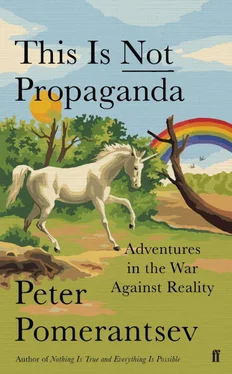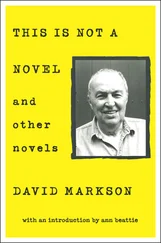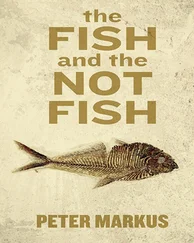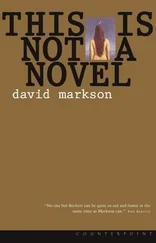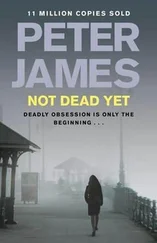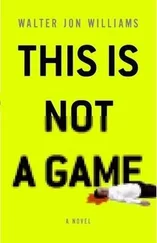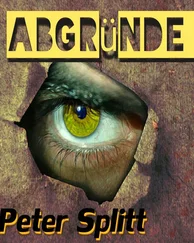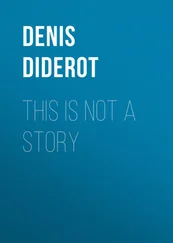Odessa has always been a port city, populated by Jews and Greeks, Russians, Romanians, Ukrainians and Bulgarians. Today the port is a major international thoroughfare for goods both legal and illicit coming into Europe. Many are traded at the Seventh Kilometre, which some locals claim is the world’s largest outdoor market: acres of shipping containers stacked on top of each other in a multilayered maze, each one transformed into a shop where Nigerians sell fake Nikes, fake stereos and fake Gucci, Vietnamese trade money, Indians hang out silks and muslins. They say you can also buy weapons here, if you know who and how to ask. Not just guns, but anti-aircraft missiles too.
It was this delicate ethnic balance that the Kremlin tried to tip into civil war. In May 2014, just as Kremlin proxies were taking town after town in the Donbas, pro-Ukrainians fought with pro-Russians holed up in Odessa’s Palace of All Trade Unions. A fire broke out, and even as the flames were still engulfing the building and the dead still being counted, the rumours and lies were already fanning through the media. The first YouTube videos were blurry and horrific. Hundreds of pro-Russian activists had been hiding out in the building. Pro-Ukrainians threw Molotovs and shot at them. A fire broke out. People began falling out of the windows – so quickly it looked like they were pushed to their deaths. Some of the Ukrainians cheered. [16]
The first photos from inside showed dozens of corpses in twisted poses. One was of a pregnant woman. Interviews appeared online with eyewitnesses who claimed Pravy Sektor death squads had been hiding in the building. The unnamed witnesses claimed the Pravy Sektor had been prepared, wearing gas masks and executing people on the spot. The initial death toll put the number of victims at around forty, but stories spread that actually there had been hundreds.
The story went international. Pro-Kremlin activists in Belgium and Italy campaigned to have a European square named after the ‘Odessa Martyrs’.
In the days following the fire the people of Odessa, citizens of a city of ceaseless chatter, a city famous for its humour, stopped talking to each other. No one trusted anyone. The rumours began to turn the city against itself. Opinion polls showed an even split between those who wanted the city to be part of Russia and those who wanted it to be part of Ukraine. Pro-Russian bloggers began to ask Putin to save the city from chaos and invade. Later, recordings would emerge of Russian politicians talking on cell phones directly with gangs of thugs in Odessa, giving them orders on when to provoke more fights.
A group of Odessans, both pro-Russian and pro-Ukrainian, decided to take it upon themselves to launch a public investigation. They felt Odessans needed to know what happened in the fire if the city was to be whole again. It was clear that no official investigation would be forthcoming: too many bureaucrats would have to take too much blame for all the casualties.
The civic investigation pieced together the events of the day from video and multiple witness statements, autopsies and photographs. The trouble had started earlier in the day. It was found that both sides threw Molotovs and fired shots; that the barricades around the building had lit up accidentally; that the autopsies showed thirty-four deaths – all from asphyxiation, none by mysterious execution. The ‘pregnant’ woman had been over fifty and had died from the fumes, falling back into a position that made her stomach look swollen. The eight people who had fallen to their deaths had lost consciousness and tumbled out – none had been pushed.
The public investigation had managed to establish the essential truth about what happened during the fire, but when the results were presented, few were interested. ‘There’s no unity here,’ Tatyana Gerasimova, one of the instigators of the public investigation, told me as we sat in a cafe by the opera house. ‘Everyone lives in their own reality, everyone has their own truth, there is no reconciliation. We created the investigation to show that there is a difference between truth and lies. In that sense we failed.’
I would hear similar sentiments from students at the university, where I was giving a lecture about… information war. The students’ friends and relatives just chose the story of the fire that better fitted their world view. As they sat and discussed it in their social media groups, pro-Ukrainians saw it one way, pro-Russians another. Faced with wildly conflicting versions of reality, people selected the one that suited them.
But despite this fracturing of shared reality, Odessa hadn’t toppled into civil war. The week I visited summer was in full swing. The bars and discotheques were full. The opera was sold out. ‘The city needs to feel alive again, after it looked death in the face,’ said Gerasimova.
But this hadn’t been achieved purely spontaneously. While the civic investigation had tried one way of unifying the city, other Odessans had taken a different approach. Zoya Kazanzhy was running government information campaigns when the threat of civil war was at its highest. She felt she knew something about her home town that Putin didn’t. Yes, Odessa was as fractured as any globalised city, but its different communities had something deeper in common. Apart from a few fanatics, most saw Odessa as a wealthy, open trading port, a city of markets and merchants. They would go with the force that could guarantee their security, whether Russian or Ukrainian, the EU or NATO. So instead of playing on the ethnic tension, as the Kremlin might have wanted, instead of looking to divide the city further between patriots and traitors, Kazanzhy and her colleagues decided to target what all sides had in common. They put up posters across Odessa with pictures of the wrecked cities of the neighbouring Donbas, where the separatism had led to a destructive war. Despite their differences, no one in Odessa wanted that sort of future. No one wanted physical destruction. The most potent manoeuvre in the information war was to jettison the idea of ‘information war’ altogether and show what real war led to.
But as I headed into the zone of actual military conflict, I would soon find that even if the shooting and shelling was real enough, at the same time every action, including military action, was taken with its impact on the information conflict in mind…
How to Fight a War That May Not Exist
Dzerzhinsk is a mining town at the very edge of the territory held by Ukrainian forces. Separatist positions are a couple of kilometres away. There was a summer storm brewing when I arrived, thunder mixing with the sound of heavy artillery. A few days earlier a shell had hit the local lake. Fish had flown out onto the cracked paths or floated dead to the surface. The people of Dzerzhinsk ate the fish, but there were still a few drying on the paths and many more were floating belly-up in the lake. The smell was strong.
I travelled with a small crew from an Internet TV station in Kiev, one of the few Ukrainian media organisations not in the pocket of an oligarch. Driving through town we passed along roads with coffin-sized craters, saw empty factories with their walls ripped out; a young boy leading his drunk mother down the lanes; local men with scabs on their faces. I stopped to photograph a concrete coal store with a gaping hole in its walls. I assumed it had been shelled, but it turned out it had been taken apart long before the war by locals looking for scrap metal.
Dzerzhinsk is named after Felix Dzerzhinsky, the man responsible for the first Soviet secret police force, the notorious Cheka. When I asked a local teenage girl whether she knew who he was, she told me she’d ‘heard of him at school but couldn’t remember’. This wasn’t unusual: a few weeks earlier a TV channel had done a joke report about how young people in Dzerzhinsk had no idea whom the town was named after. Later that year it was renamed Toretsk, in accordance with the laws against Soviet names. There were no great protests.
Читать дальше
